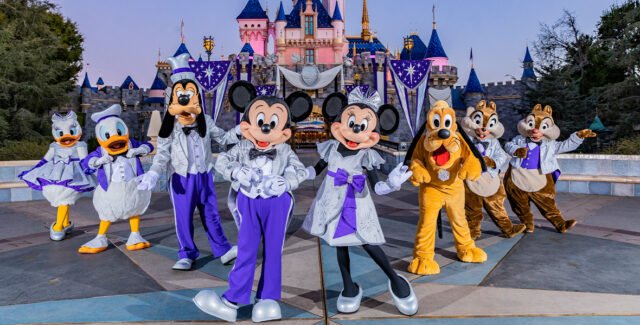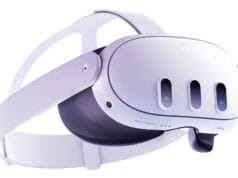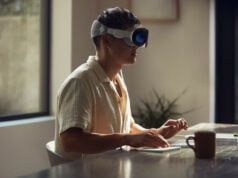
The world of virtual reality (VR) has seen significant advancements over the past three decades, and Disney, a pioneer in the entertainment industry, has been at the forefront of these innovations. Kevin Williams, an industry specialist, recently shed light on the evolution of VR in his latest Virtual Arena column.
Innovation and Evolution
The potential of immersing guests in virtual environments was quickly recognized by the innovative sector of theme park development. Walt Disney Imagineering (WDI) was instrumental in researching and developing themed attractions. This drive led to the establishment of Walt Disney VR Studios in 1992, aiming to harness the emerging VR technology for potential utilization in design and application.
In collaboration with nVision, a renowned VR hardware developer, Disney engineers crafted the DisneyVision HMD, affectionately termed “GatorVisor.” This unique design featured a 62-degree FOV VGA (640×480 resolution) and was based on CRT (cathode-ray tube) optics. The headset’s distinct appearance required a suspended weight relief system, reminiscent of the 1960s’ “Sword of Damocles.”
Adventure in Aladdin’s World
Disney’s groundbreaking R&D project, “Aladdin’s Adventure,” allowed users to experience the animated movie “Aladdin” in VR. This innovative project was showcased to various Disney executives, highlighting the capabilities of advanced technology. The success of this demonstration led to its installation at EPCOT in 1994 as part of the “Imagineering Lab” exhibit. Here, selected audience members had the opportunity to dive into the CGI world of Aladdin. This immersive experience entertained approximately 45,000 guests during its tenure.
Competition in the VR Arena
Disney wasn’t the only entertainment giant exploring the VR realm. In 1993, Sega, the Japanese amusement conglomerate, collaborated with VR pioneer Virtuality. This partnership resulted in the creation of the Sega Mega Visor Display (MVD). While Disney focused on visual excellence, Sega, with Virtuality’s expertise, aimed for a compact design, opting for a lightweight LC display matrix.
Key Takeaways
- Disney’s foray into VR began with the establishment of Walt Disney VR Studios in 1992.
- The DisneyVision HMD, or “GatorVisor,” was a pioneering design in the VR headset market.
- “Aladdin’s Adventure” was a groundbreaking project that allowed users to experience the world of Aladdin in VR.
- Sega also ventured into the VR space, introducing the Sega Mega Visor Display in collaboration with Virtuality.
As the world of VR continues to evolve, it’s evident that industry giants like Disney and Sega are committed to pushing the boundaries and offering audiences unparalleled immersive experiences.










